Wadi Al-Salam Cemetery, located in the holy city of Najaf, Iraq, is not just an ordinary cemetery; it holds the title of the largest cemetery in the world, both in terms of area and the number of burials. Translated as “Valley of Peace,” Wadi Al-Salam is a sacred site for Shia Muslims, with a unique cultural, spiritual, and historical significance that spans centuries.
A Sacred Ground for Millions
For over 1,400 years, Wadi Al-Salam has served as the final resting place for millions of Muslims, particularly from the Shia community, across the globe. Covering an astounding area of 1,485.5 hectares (3,677 acres), it is estimated to house around five million graves. Families from various parts of the Middle East, especially Iran and Iraq, choose to bury their loved ones here due to its proximity to the revered shrine of Imam Ali ibn Abi Talib, the first Imam of Shia Islam and a cousin of the Prophet Muhammad. Imam Ali’s shrine stands as one of the most significant religious landmarks in the Muslim world, drawing pilgrims and mourners to Najaf throughout the year.
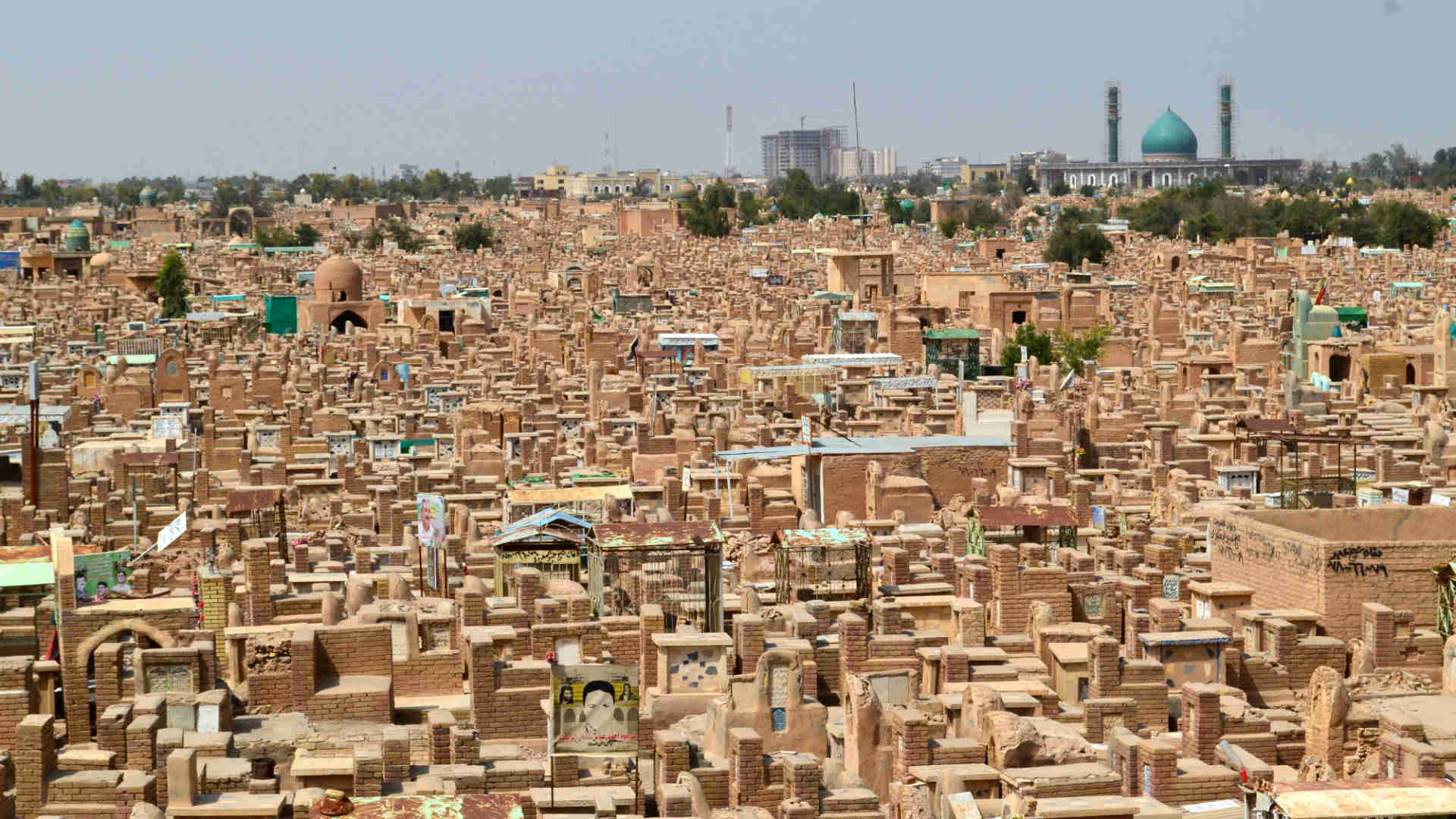
History and Importance
Wadi Al-Salam is not merely a place of death; it holds profound religious meaning for Shia Muslims. According to their beliefs, being buried in Wadi Al-Salam can grant the deceased spiritual proximity to Imam Ali, considered an honor and a source of potential intercession on the Day of Judgment. The cemetery is referenced in Islamic literature as a gathering place for souls, further emphasizing its sacred significance.
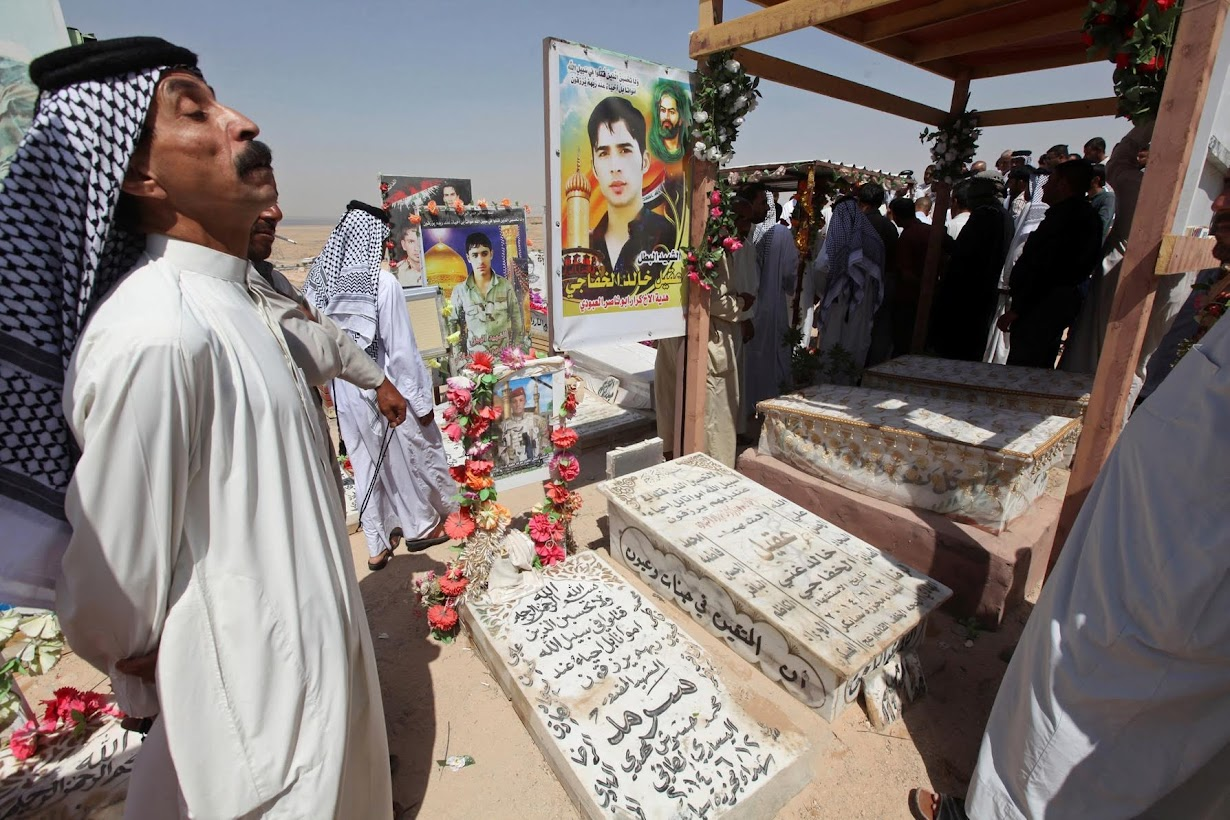
The origins of Wadi Al-Salam are believed to date back to the 7th century, shortly after Imam Ali’s death. Over the centuries, it has expanded continuously as generations of Muslims have opted to be buried there. During Iraq’s tumultuous history, particularly during conflicts, the cemetery has witnessed the ravages of war. Many martyrs from the Iran-Iraq War, the Gulf War, and the more recent Iraq War have found their final resting place in Wadi Al-Salam, connecting the cemetery to the nation’s resilient history.
A Unique Burial Practice
Wadi Al-Salam resembles a city of the dead, with rows of towering above-ground crypts and tombstones stretching as far as the eye can see. Many graves are family plots, showcasing distinct designs that reflect a person’s wealth, family background, and religious standing. Burial chambers are typically deep underground, accommodating multiple family members. While some tombs are simple and unadorned, others feature elaborate carvings, marble, and inscriptions from the Quran.
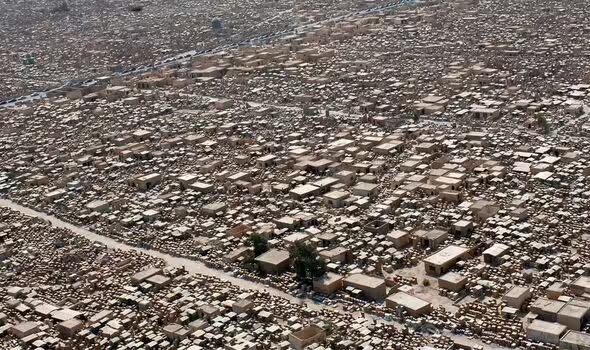
Unlike traditional Western cemeteries, where graves are often spaced apart, Wadi Al-Salam has a densely packed arrangement of tombs, creating a maze-like structure. This unique layout has captured the curiosity of visitors and historians, as the tombs seem to rise from the desert in endless formations.
Life and Death Coexist in Najaf
For the residents of Najaf, life and death are closely intertwined through their connection to Wadi Al-Salam. The cemetery is woven into daily life, with many families visiting their ancestors’ graves regularly. The local economy is shaped by the cemetery, providing livelihoods through jobs such as grave-digging, tombstone carving, and maintenance.
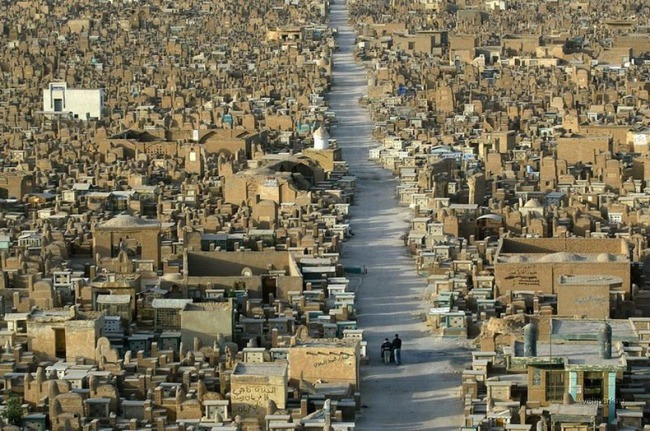
Pilgrims visiting Najaf often include a stop at Wadi Al-Salam as part of their journey to Imam Ali’s shrine, offering prayers for the deceased and reflecting on the transient nature of life. The atmosphere in the cemetery is one of deep reverence, with visitors often performing rituals, reciting verses from the Quran, or simply paying their respects.
Challenges and the Future of Wadi Al-Salam
As Wadi Al-Salam continues to expand, there are growing concerns regarding the sustainability of this immense burial ground. Given its significance, the demand for burial plots remains high, leading to increasing scarcity of land. Efforts are underway to maintain and organize the cemetery to prevent overcrowding and preserve its sanctity.
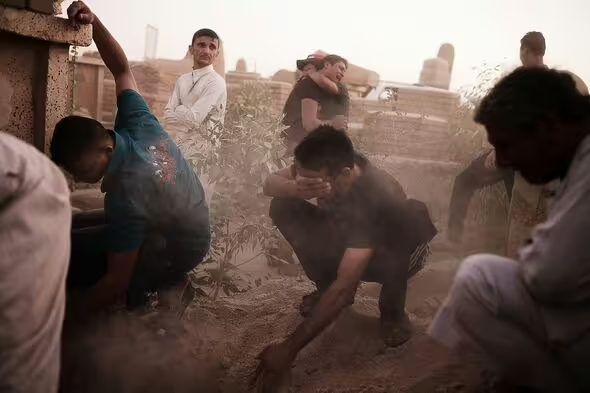
The cemetery has also faced damage over the years due to conflicts in Iraq. Despite these challenges, Wadi Al-Salam stands as a symbol of the enduring faith of Shia Muslims and their commitment to honoring their deceased in a place that holds profound religious and cultural value.
Conclusion
Wadi Al-Salam Cemetery is more than just the world’s largest cemetery; it is a spiritual haven, a historical monument, and a living testament to the deep reverence that Shia Muslims hold for their faith and the afterlife. The vast expanse of graves, some humble and others grand, tells the stories of generations seeking peace in death, believing that in this sacred valley, they are closer to eternal rest and divine mercy.
For those who visit, Wadi Al-Salam is not merely a site of mourning but a reminder of the enduring connection between the living and the dead—a bond that transcends time, culture, and the mortal realm.

